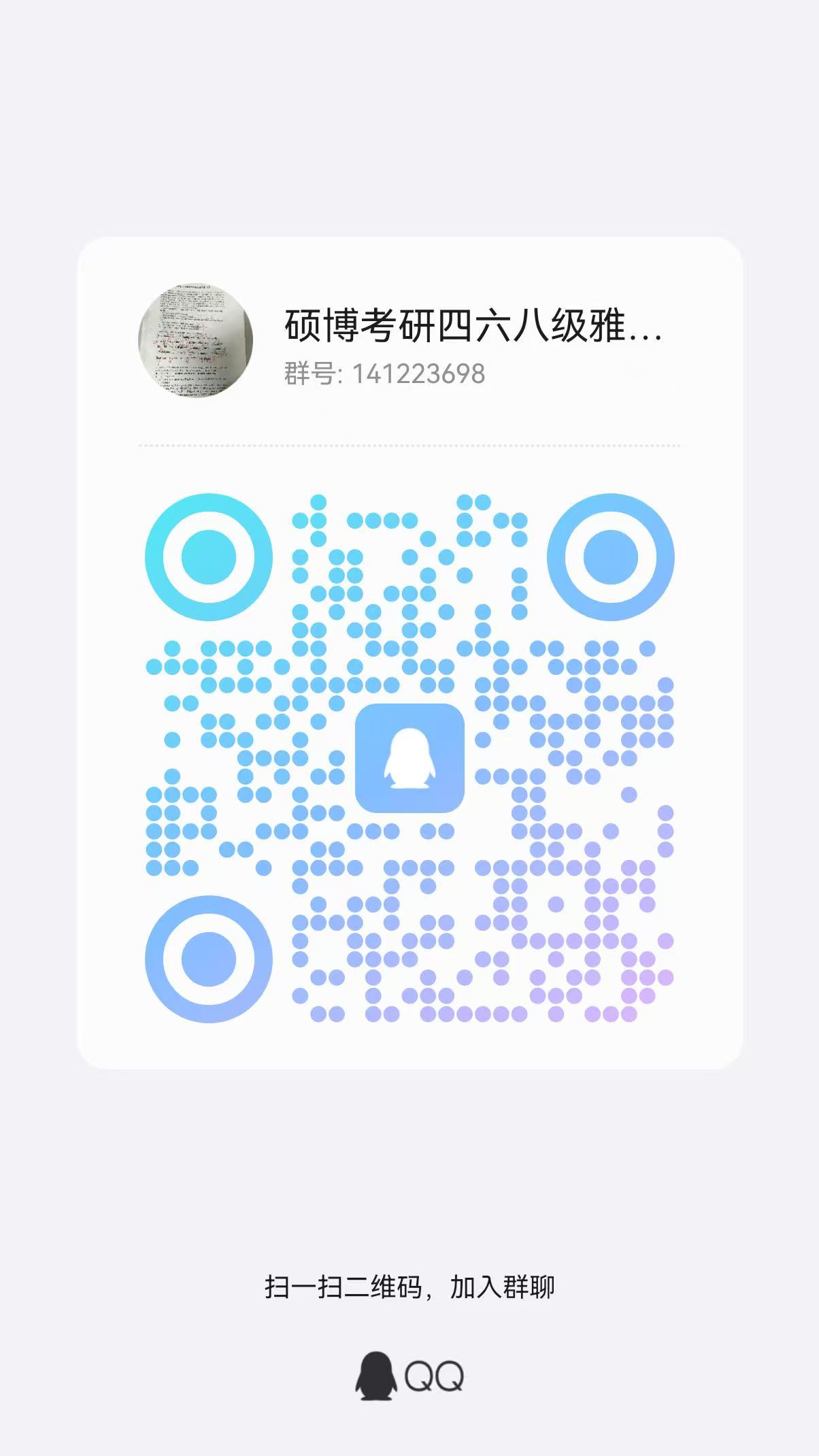🗣 SL提问: 写代码ai软件
✍️ Ai批改: Creating a comprehensive AI software can be a complex task that involves multiple steps, including defining the problem you're trying to solve, designing the architecture, selecting appropriate algorithms, and implementing the solution、However, I'll guide you through a basic example of how to create a simple AI software using Python、This example will focus on building a basic chatbot that can answer simple questions using natural language processing (NLP) techniques.
Step 1: Setting Up Your Environment
First, ensure you have Python installed on your computer、You can download it from [python.org](https://www.python.org/downloads/).
Next, you'll need to install the necessary packages、For this example, we'll use `nltk` (Natural Language Toolkit) for NLP tasks and `random` for simplicity in generating responses.
Open your terminal or command prompt and install the required packages:
bash
pip install nltk
Then, download the required NLTK data:
python
import nltk
nltk.download('punkt')
nltk.download('wordnet')
Step 2: Writing the Code
Create a file named `simple_chatbot.py` and add the following code:
python
import nltk
from nltk.stem.lancaster import LancasterStemmer
stemmer = LancasterStemmer()
import numpy
import tflearn
import tensorflow
import random
import json
import pickle
Load the data
with open(intents.json) as file:
data = json.load(file)
try:
with open(data.pickle, rb) as f:
words, labels, training, output = pickle.load(f)
except:
words = []
labels = []
docs_x = []
docs_y = []
Preprocess the data
for intent in data[intents]:
for pattern in intent[patterns]:
wrds = nltk.word_tokenize(pattern)
words.extend(wrds)
docs_x.append(wrds)
docs_y.append(intent[tag])
if intent[tag] not in labels:
labels.append(intent[tag])
words = [stemmer.stem(w.lower()) for w in words if w != ?]
words = sorted(list(set(words)))
labels = sorted(labels)
training = []
output = []
out_empty = [0 for _ in range(len(labels))]
for x, doc in enumerate(docs_x):
bag = []
wrds = [stemmer.stem(w.lower()) for w in doc]
for w in words:
if w in wrds:
bag.append(1)
else:
bag.append(0)
output_row = list(out_empty)
output_row[labels.index(docs_y[x])] = 1
training.append(bag)
output.append(output_row)
training = numpy.array(training)
output = numpy.array(output)
with open(data.pickle, wb) as f:
pickle.dump((words, labels, training, output), f)
tensorflow.reset_default_graph()
net = tflearn.input_data(shape=[None, len(training[0])])
net = tflearn.fully_connected(net, 8)
net = tflearn.fully_connected(net, 8)
net = tflearn.fully_connected(net, len(output[0]), activation=softmax)
net = tflearn.regression(net)
model = tflearn.DNN(net)
try:
model.load(model.tflearn)
except:
model.fit(training, output, n_epoch=1000, batch_size=8, show_metric=True)
model.save(model.tflearn)
def bag_of_words(s, words):
bag = [0 for _ in range(len(words))]
s_words = nltk.word_tokenize(s)
s_words = [stemmer.stem(word.lower()) for word in s_words]
for se in s_words:
for i, w in enumerate(words):
if w == se:
bag[i] = 1
return numpy.array(bag)
def chat():
print(Start talking with the bot! (type quit to stop))
while True:
inp = input(You: )
if inp.lower() == quit:
break
p = bag_of_words(inp, words)
res = model.predict([p])[0]
ERROR_THRESHOLD = 0.25
results = [[i, r] for i, r in enumerate(res) if r ERROR_THRESHOLD]
results.sort(key=lambda x: x[1], reverse=True)
tag = labels[results[0][0]]
for tg in data[intents]:
if(tg['tag']== tag):
responses= tg['responses']
print(random.choice(responses))
chat()
Step 3: Preparing Intents File
You'll also need an `intents.json` file that looks something like this:
json
{
intents: [
{
tag: greeting,
patterns: [Hi, Hey, Hello],
responses: [Hi there!, How can I assist you?, What's up?]
},
{
tag: goodbye,
patterns: [Bye, See you later, Goodbye],
responses: [See you!, Have a nice day!, Bye! Come back again soon.]
}
]
}
Step 4: Running Your AI Software
1、Make sure your `intents.json` file is in the same directory as your Python script.
2、Run your Python script:
bash
python simple_chatbot.py
3、Start chatting with your bot!
This is a very basic example of AI software、Real-world AI applications can be much more complex, involving deep learning models, large datasets, and sophisticated algorithms、For more advanced applications, consider exploring frameworks like TensorFlow, PyTorch, or Keras, and libraries like scikit-learn for machine learning tasks.
0
IP地址: 132.151.107.83
搜索次数: 328
提问时间: 2025-04-20 20:28:37
❓️ 热门提问:
我的金矿场
外汇期权波动率
指黄金
模拟外汇交易网站
附近黄金卖店
ai代写新闻稿
详细介绍域名63.cx的含义、价值与适合的行业。
2018年黄金回收价格
韩国最常用的购物网站
国泰惠富纯债债券A
豌豆Ai站群搜索引擎系统
🤝 关于我们:
三乐Ai
作文批改
英语分析
在线翻译
拍照识图
Ai提问
英语培训
本站流量
联系我们

📢 温馨提示:本站所有问答由Ai自动创作,内容仅供参考,若有误差请用“联系”里面信息通知我们人工修改或删除。
👉 技术支持:本站由豌豆Ai提供技术支持,使用的最新版:《豌豆Ai站群搜索引擎系统 V.25.05.20》搭建本站。
















